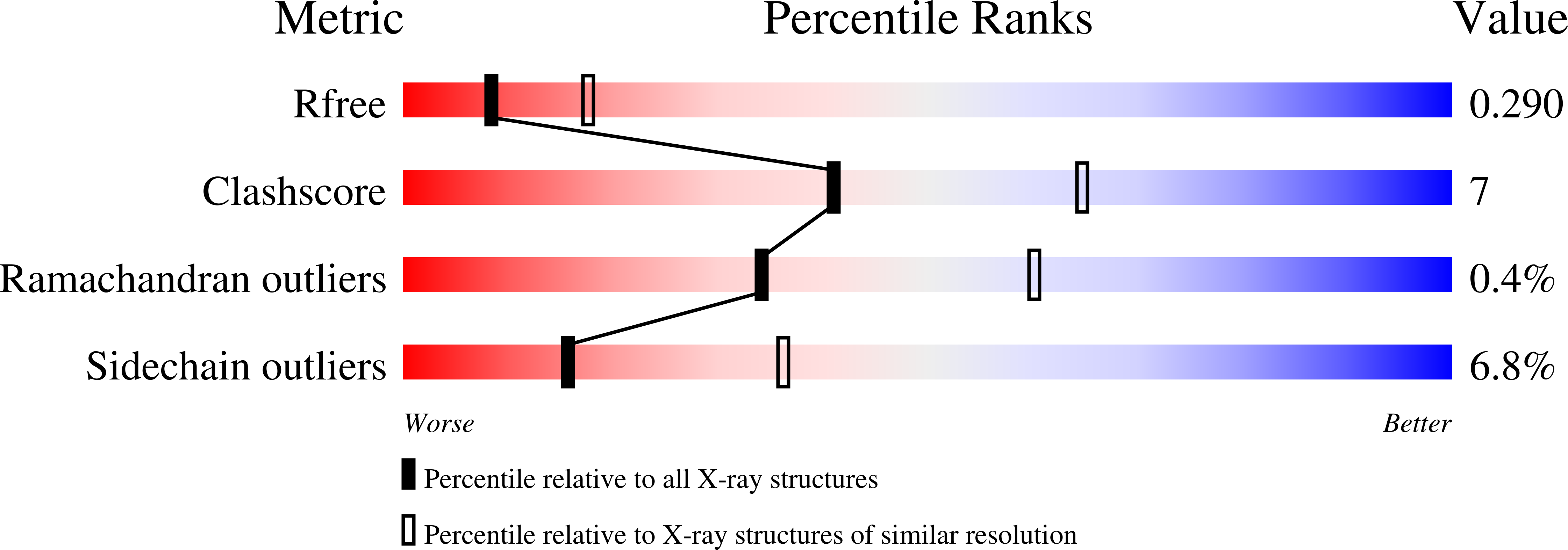
Deposition Date
2007-04-02
Release Date
2007-06-19
Last Version Date
2023-08-30
Entry Detail
PDB ID:
2PEE
Keywords:
Title:
Crystal Structure of a Thermophilic Serpin, Tengpin, in the Native State
Biological Source:
Source Organism:
Thermoanaerobacter tengcongensis (Taxon ID: 273068)
Host Organism:
Method Details:
Experimental Method:
Resolution:
2.70 Å
R-Value Free:
0.23
R-Value Work:
0.19
R-Value Observed:
0.19
Space Group:
I 2 3


